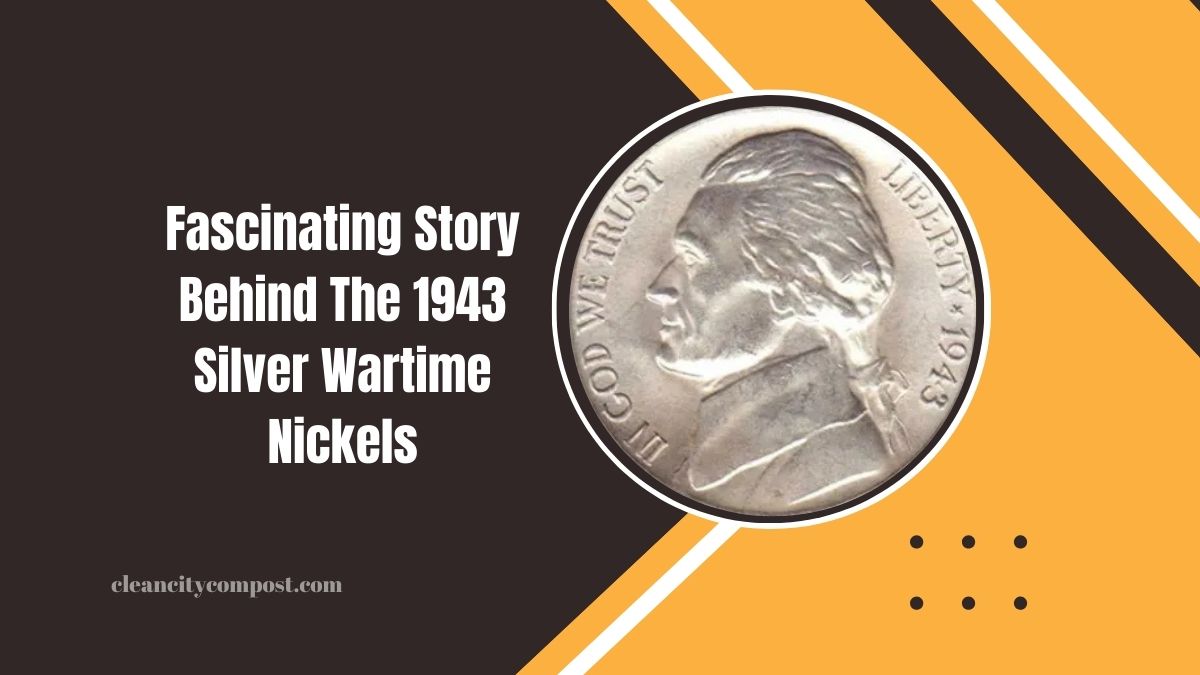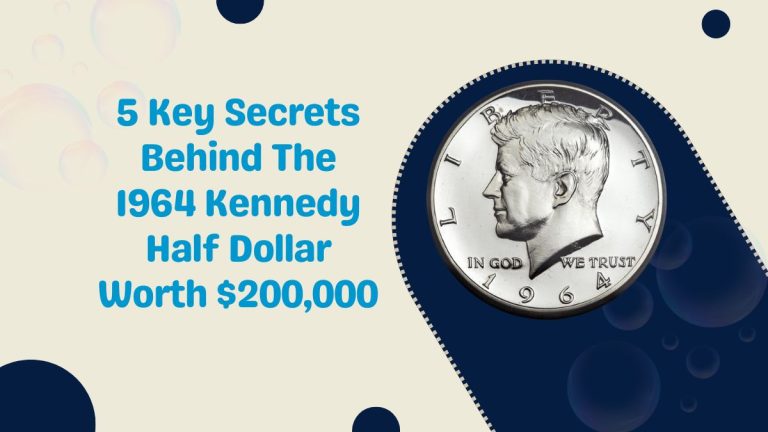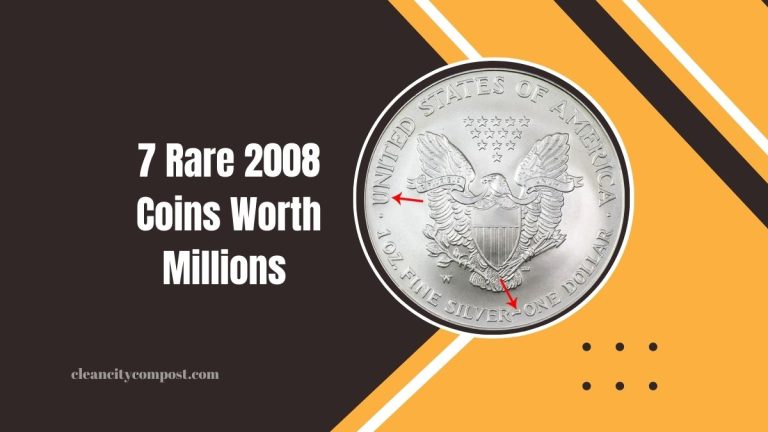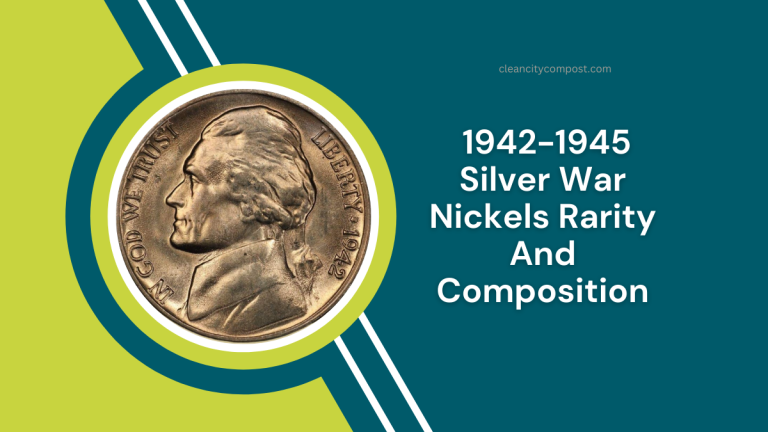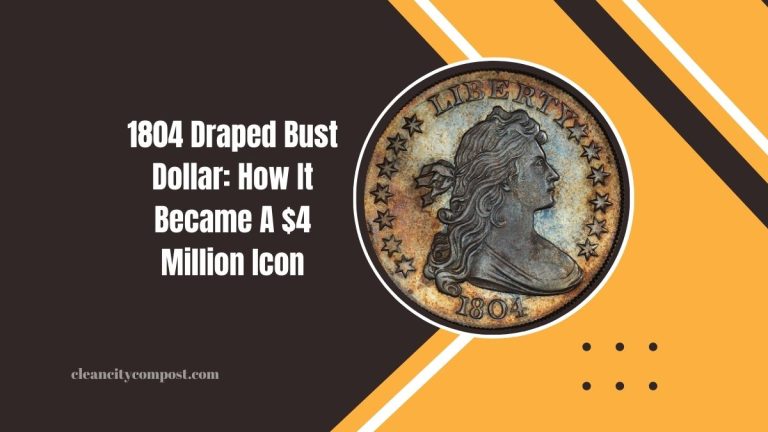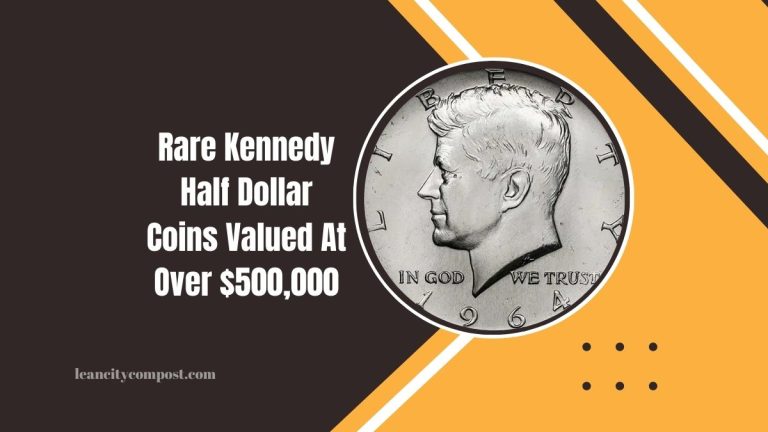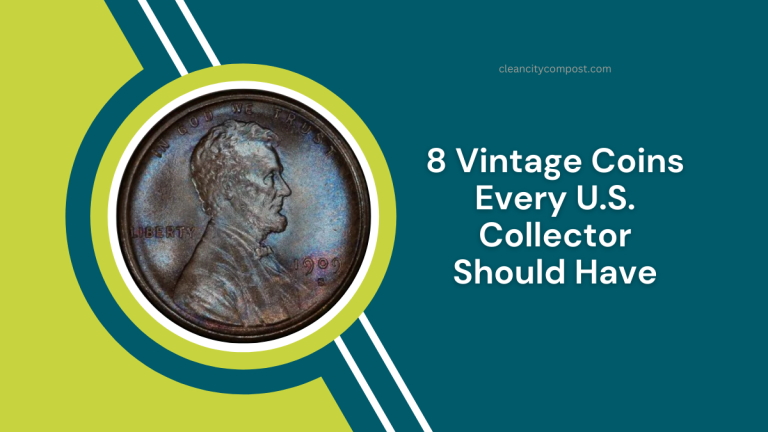The Fascinating Story Behind The 1943 Silver Wartime Nickels
The 1943 Silver Wartime Nickels hold a special place in American history, representing an era when every resource was directed toward the war effort.
These coins are unique not only for their composition but also for their historical significance. For collectors and history enthusiasts alike, the story of the 1943 Silver Wartime Nickels is one of innovation, sacrifice, and enduring value.
Why Were Silver Wartime Nickels Created?
During World War II, the United States faced a critical shortage of nickel, which was a key material for producing military equipment such as tanks, planes, and weapons.
To conserve this vital resource, the U.S. Mint altered the composition of the five-cent coin. Starting in 1942 and lasting until 1945, nickels were produced with a new alloy that included 35% silver, 56% copper, and 9% manganese.
This decision not only helped support the war effort but also resulted in coins that have become highly collectible due to their unique composition and historical context.
Key Features of the 1943 Silver Wartime Nickels
| Feature | Details |
|---|---|
| Year of Issue | 1943 |
| Composition | 35% silver, 56% copper, 9% manganese |
| Mint Marks | P (Philadelphia), D (Denver), S (San Francisco) |
| Unique Marking | Large mintmark above Monticello on reverse |
| Weight | 5 grams |
| Diameter | 21.2 mm |
One of the most distinguishing features of the 1943 Silver Wartime Nickel is the large mintmark placed above the Monticello building on the reverse side.
This was the first time in U.S. history that a mintmark appeared on a coin produced at the Philadelphia Mint, represented by the letter “P.”
Rarity and Value of 1943 Silver Wartime Nickels
While these coins were mass-produced, certain factors make specific pieces more valuable:
- Rarity
- The 1943 Silver Nickel was minted in three locations:
- Philadelphia: 271,165,000
- Denver: 15,294,000
- San Francisco: 104,060,000
- The 1943 Silver Nickel was minted in three locations:
- Condition
- Coins in higher grades, such as MS65 or higher, are worth significantly more.
- Proof coins, which were specially made for collectors, are even rarer.
- Current Market Value
The value of a 1943 Silver Wartime Nickel varies based on its condition and mintmark:- Circulated: $1–$3
- Uncirculated (MS65): $25–$50
- Rare error coins or proof coins: $1,000+
Why Are 1943 Silver Wartime Nickels Collectible?
- Historical Significance
These coins serve as a reminder of America’s unity and resourcefulness during World War II. - Unique Composition
The addition of silver makes these coins distinct from other Jefferson nickels. - Collector Demand
With a finite supply of these coins remaining, they are highly sought after by both seasoned and novice collectors.
How to Identify a 1943 Silver Wartime Nickel
To determine if you have a genuine 1943 Silver Wartime Nickel, check for the following:
- Mintmark: Look for a large “P,” “D,” or “S” above Monticello on the reverse side.
- Weight and Composition: Silver nickels weigh approximately 5 grams.
- Color: Due to their silver content, these coins often have a dull gray appearance.
The 1943 Silver Wartime Nickel stands as a testament to the resilience and ingenuity of a nation at war. Its unique composition, historical significance, and collectible value make it a fascinating piece of numismatic history.
Whether you’re a seasoned collector or someone with a jar of old coins, the story behind these nickels is a reminder of the sacrifices made during one of history’s most challenging periods.
Take a closer look at your coins—you might just find a piece of history in your hands!
FAQs
Why do 1943 nickels have a mintmark above Monticello?
This design change was introduced to distinguish silver nickels from standard nickel-copper coins.
Are all 1943 nickels made of silver?
Yes, all 1943 nickels were part of the Wartime Alloy series and contain 35% silver.
How much is a 1943 Silver Wartime Nickel worth today?
The value ranges from $1 to $50 for circulated coins and can exceed $1,000 for rare proof or error coins.

